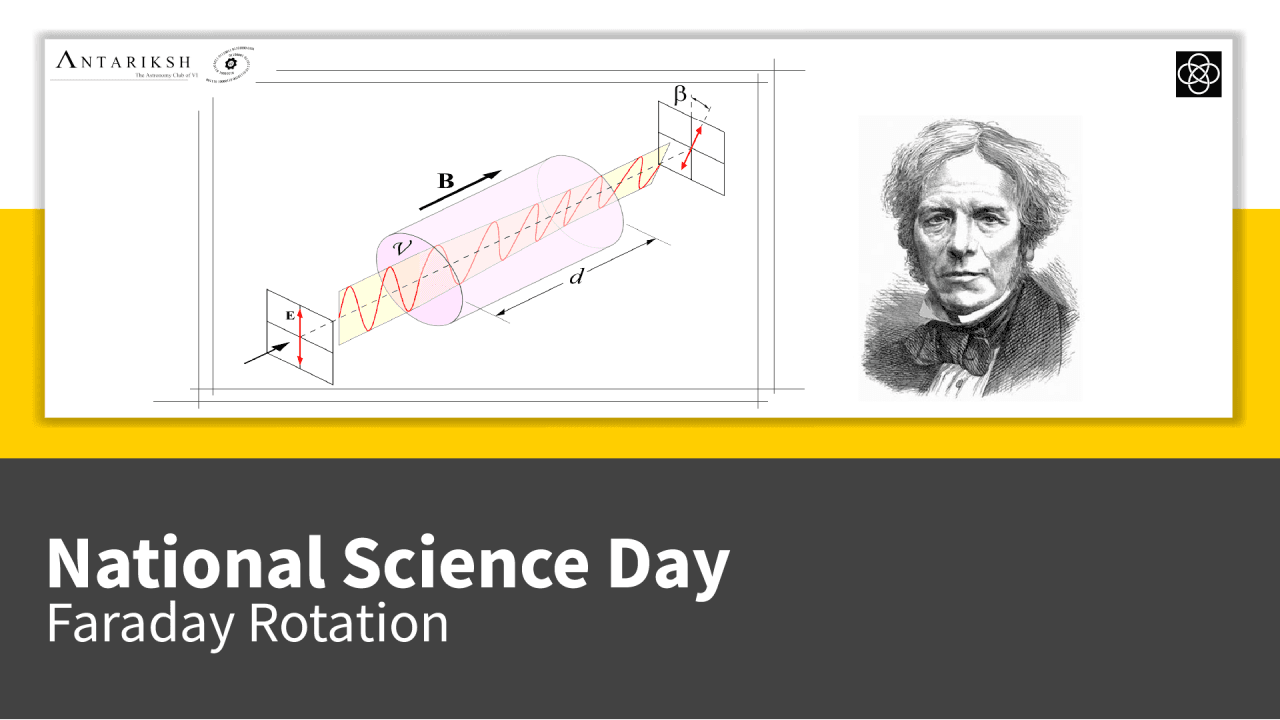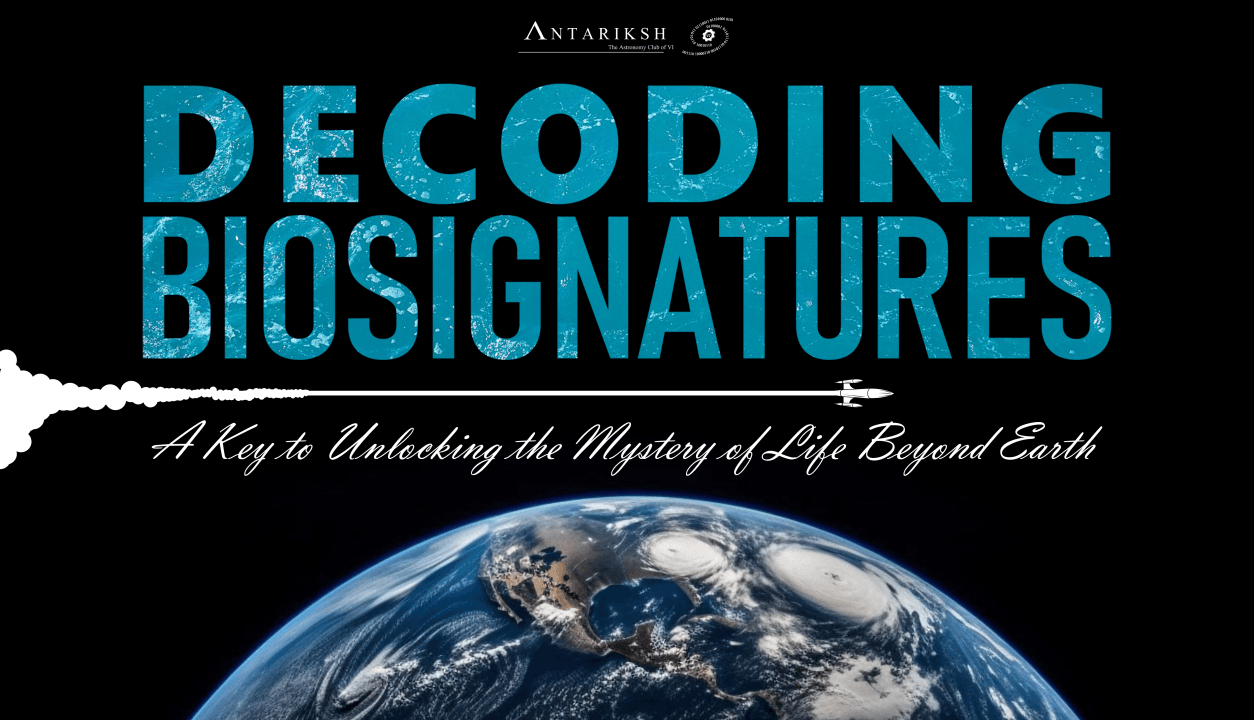
Radio Antennas: our ears in Radio Realm...
This report summarizes a presentation on antennas and their crucial role in radio astronomy, delivered during the IUCAA Science Day. It begins with an overview of the electromagnetic spectrum, emphasizing the characteristics of electromagnetic waves and their significance in detecting radio waves from Earth. The report details the fundamentals of antenna technology, exploring various types, including monopole, dipole, folded dipole, Yagi-Uda, log periodic, patch, and parabolic antennas, along with their operational principles and applications. The presentation culminates in an experimental demonstration of antenna transmission and reception, showcasing practical insights into optimizing antenna performance across different frequencies. Additionally, the report highlights contributions from prominent Indian institutes engaged in antenna research and development, underscoring their role in advancing radio astronomy and communication technologies.
| Published on 01 Jul 2024

Cosmic Ray Muon Detector : A captivating demonstration at IUCAA
The Cosmic Ray Muon Detector (CRMD) project at the Inter-University Center of Astronomy and Astrophysics (IUCAA) exemplifies innovative research in the field of cosmic rays and their interactions with Earth's atmosphere. This report details the origins and characteristics of cosmic rays, focusing on muons—short-lived particles generated by cosmic ray interactions. The CRMD utilizes advanced technology, including scintillator panels and photomultiplier tubes (PMTs), to detect and analyze muons, providing valuable insights into cosmic ray phenomena. Furthermore, the detector's applications span across various fields, including muon tomography, climate studies, and radiography. This project not only enhances our understanding of cosmic rays but also fosters the development of advanced detection technologies.
| Published on 24 Jun 2024

Faraday rotation
The article presents a detailed overview of the Faraday Rotation demonstration conducted during the National Science Day open house at the Inter-University Center of Astronomy and Astrophysics (IUCAA), Pune, India, on February 28, 2024. Led by Jiya Mokalkar, Saee Mahajan, and Sayali Chakre, with guidance from Jameer Manur, the demonstration highlighted the interaction between polarized light and a magnetic field, illustrating Michael Faraday's pioneering work in electromagnetism. The methodology included measuring the intensity of laser light passing through polarizers under varying magnetic field conditions to observe the Faraday rotation effect. The experimental setup utilized a red laser, solenoid, polarizers, and TGG crystal, allowing participants to engage with fundamental concepts in magneto-optics. The event emphasized IUCAA's commitment to public engagement in science and showcased the captivating phenomenon of light-magnetism interaction.
| Published on 24 Jun 2024

Starlink : Connecting the world through space
"Ever wondered about those enigmatic specks of light in the night sky? Starlink not only answers the mysteries but propels them into the forefront of cutting-edge technology. Embark on a thrilling journey with Starlink, a satellite megaconstellation venture spearheaded by the innovative genius Elon Musk at SpaceX. This groundbreaking engineering marvel unfolds as a cosmic ballet of small satellites, reminiscent of the celestial wonders one might encounter while gazing through any star tracking apps.
As we all know, all good things have a dark aspect. Starlink, while promising global connectivity, brings with it a negative impact on astronomy. The rapid growth of these satellites contributes to the escalating issue of light pollution, further obstructing the view for star gazers who are already overwhelmed by present conditions. Despite its transformative potential in the digital realm, Starlink prompts us to consider and address the challenges it poses to the observation of space. So, buckle up for an exciting journey into the realms of space technology, while also navigating the complexities and implications it brings to our shared passion for stargazing.
| Published on 17 Jun 2024

Navigating the Mysteries of White Holes: A Bright Side to the Dark Cosmos!
The article below attempts to dive into the mysterious nature of white holes. It begins with addressing the meaning and understanding of white holes. Further, the intriguing theories revolving around the white holes, which indeed make them special and significant to understand, are also addressed. Attempts are made to understand the behavior of white holes and the challenges that arise from their presence in the mysterious cosmos. The article dwells on the hypothetical problems and solutions that might arise by accepting their presence in this universe and how the white holes disobey the classical laws of physics. The relationship between white holes and black holes and the connection between wormholes and white holes can be considered the highlights of this research.
| Published on 03 Jun 2024

Decoding Biosignatures: A Key to Unlocking the Mystery of Life Beyond Earth
In this article we discuss the ways through which we can find signs of life on distant planets. We explore the significance of biosignatures and how studying our own planet aids in identifying similar signs on distant celestial bodies like exoplanets. We find ways to search for extraterrestrial life, spotlighting biosignatures—key evidence that could signify life on other planets. Following Meadows' recommendations, we classify biosignatures into gaseous, surface, and temporal types, examining each with observations and examples. Briefly, we look into the prevalent method of detecting these signs—IR spectroscopy. Furthermore, we have listed out details of two potential exoplanets from NASA's catalog and emphasized the remarkable capability of NASA's JWST to detect excess infrared light from remote planets. By the end of this article, you will be a few steps closer to understanding the methodology behind finding life beyond earth as well as analytical techniques
| Published on 28 Apr 2024